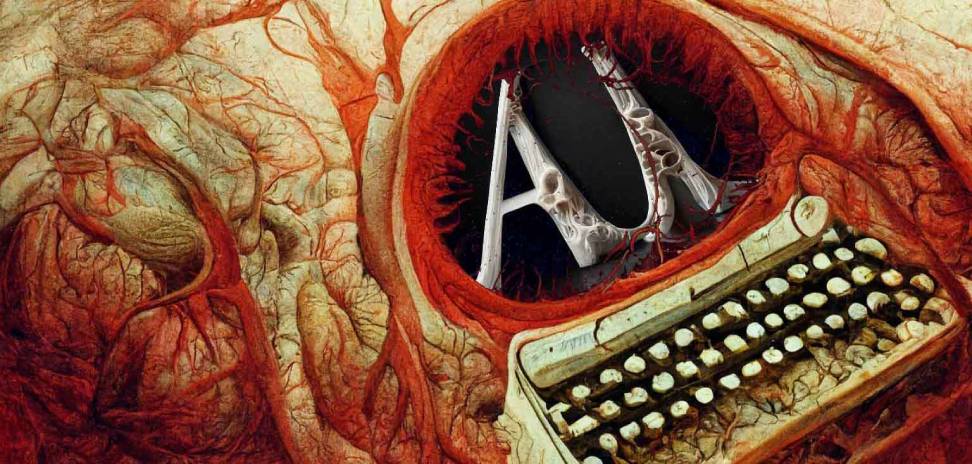Max66, Arsgroup777, ARS Group Exchange: Medical illustration plays a crucial role in healthcare by providing visual aids that help both healthcare professionals and patients better understand complex medical concepts. These detailed illustrations offer a clear and accurate depiction of the human body, diseases, procedures, and medical devices, enhancing communication between medical professionals and patients.
In surgical settings, medical illustrators create illustrations that assist surgeons in planning and performing intricate procedures. By visualizing anatomical structures and surgical techniques through detailed illustrations, medical illustrators contribute to better surgical outcomes and overall patient care. The use of medical illustration not only improves patient understanding but also aids in educating healthcare professionals, ultimately leading to more effective healthcare delivery.
The Role of Anatomy in Medical Illustration
Understanding anatomy is the foundation of medical illustration. As medical illustrators, our ability to accurately depict the intricate structures of the human body relies on a deep knowledge of anatomy. We must have a comprehensive understanding of the skeletal system, muscles, organs, and other physiological structures to create detailed and informative illustrations that convey complex information to healthcare professionals and patients alike.
Anatomy serves as the blueprint for our work, guiding us in creating visuals that are not only aesthetically pleasing but also scientifically accurate. By mastering anatomy, medical illustrators can accurately represent the human body in various states, whether it be in a healthy state or to demonstrate the impact of disease or injury. Our illustrations play a crucial role in medical education, patient communication, and surgical planning, making a solid understanding of anatomy essential in our field.
� Medical illustrators rely on a deep knowledge of anatomy to accurately depict the human body
� Understanding skeletal system, muscles, organs, and other physiological structures is crucial for creating detailed illustrations
� Anatomy serves as the blueprint for medical illustrators’ work, guiding them in creating scientifically accurate visuals
� Mastery of anatomy allows medical illustrators to represent the human body in different states, such as healthy or affected by disease or injury
� Illustrations created by medical illustrators are essential for medical education, patient communication, and surgical planning
How Medical Illustrators Use Technology to Enhance their Work
Ars247, Wazeerexch, Peachexch: In the field of medical illustration, technology plays a crucial role in enhancing the quality and effectiveness of visual representations. With the advancement of digital tools and software, medical illustrators are able to create highly detailed and accurate images that help medical professionals and patients better understand complex anatomical structures and procedures.
One way in which technology enhances the work of medical illustrators is through the use of 3D modeling software. This technology allows illustrators to create lifelike representations of anatomical structures, which can be viewed from different angles and even animated to demonstrate movement or processes within the body. Additionally, digital illustration tools provide flexibility and efficiency in making revisions or edits to illustrations, saving time and resources in the production process.
Why is medical illustration considered an essential tool in healthcare?
Medical illustration helps healthcare professionals visually communicate complex medical concepts to patients, students, and colleagues. It plays a crucial role in medical education, patient education, and surgical planning.
What is the role of anatomy in medical illustration?
Anatomy is the foundation of medical illustration. A thorough understanding of human anatomy is essential for medical illustrators to accurately depict the body’s structures and functions.
How do medical illustrators use technology to enhance their work?
Medical illustrators use a variety of digital tools and software, such as Adobe Illustrator, ZBrush, and 3D modeling programs, to create detailed and accurate medical illustrations. These technologies allow them to produce high-quality visuals that can be easily shared and manipulated for various purposes in healthcare.
Have A Look:
Lawrence Taylor Net Worth – Biography, Lifestyle, Career
Hedon Texist Net Worth: The Rising NBA Star To Look Out For!

